One to watch
Introducing The Dashing Rider
Interview with Fiona Dinkelbach – Founder of The Dashing Rider

»I really wanted to create something that didn’t exist before.«
When and how did you get into art, photography and design?
I grew up in a very aesthetic context. For my mother, it was always important to have an aesthetic and well-designed home, for example. Which is probably running in my mother’s family. My grandmother lived in a house that her husband, an architect, had designed and built himself. And I remember the basement, lined with shelves of dark wood and lots of art and architecture books. I was particularly fascinated by a book on International Style in the United States. That’s probably how it all started.

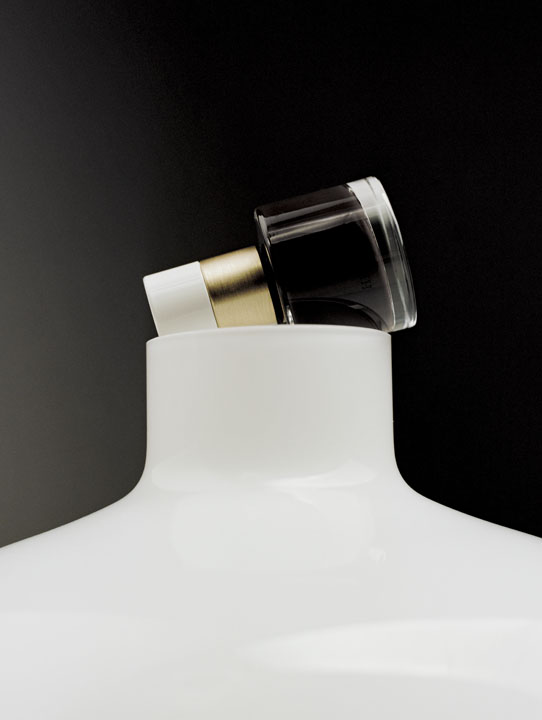

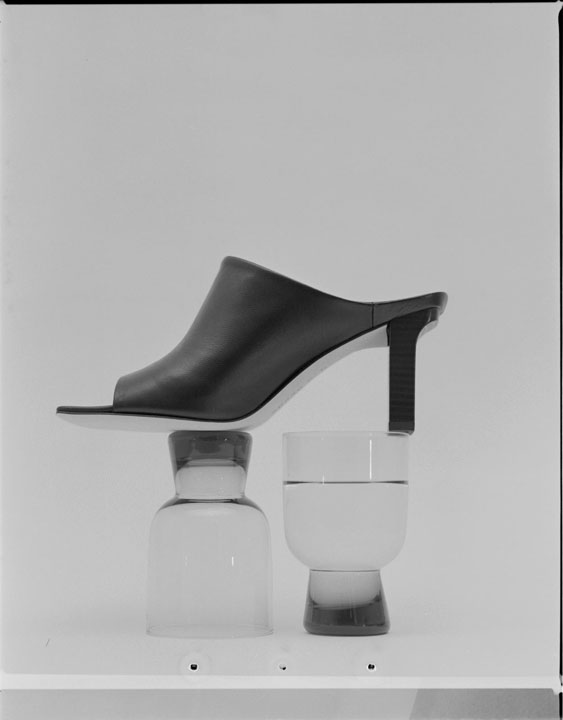
What shaped you in your youth?
In my youth, I was into subcultural movements from the late 1960s to the early 1990s. From Post-Punk to the New York Avantgarde, the combination of experimental music, performance, and art already fascinated me back then. At that time, I became a real music nerd and was totally excited about the intersections of art and music that I deepened the subject matter in my studies.
But everything that is loud and confused, like experimental music, always needs a counterpole for me. For instance, I found relaxation in Modernism and Abstractism, as with Eduardo Chillida, Richard Serra, Pierre Soulages, and Lucio Fontana. And this interest is also reflected in my contemplation of contemporary art and magically attracts me every time. Later, I specialized in contemporary American photography in my master’s degree and wrote my thesis on the American photographer Gregory Crewdson, so again a very different approach.
When did you start photographing, designing, and writing yourself?
I have always photographed a lot. My strong involvement with analogue photography began in 2018 and my interest in design in all areas of life has somehow always been there. I studied at an Art College, so I always had very close contact with the visual arts and was able to gain experience that trained my eye a lot.
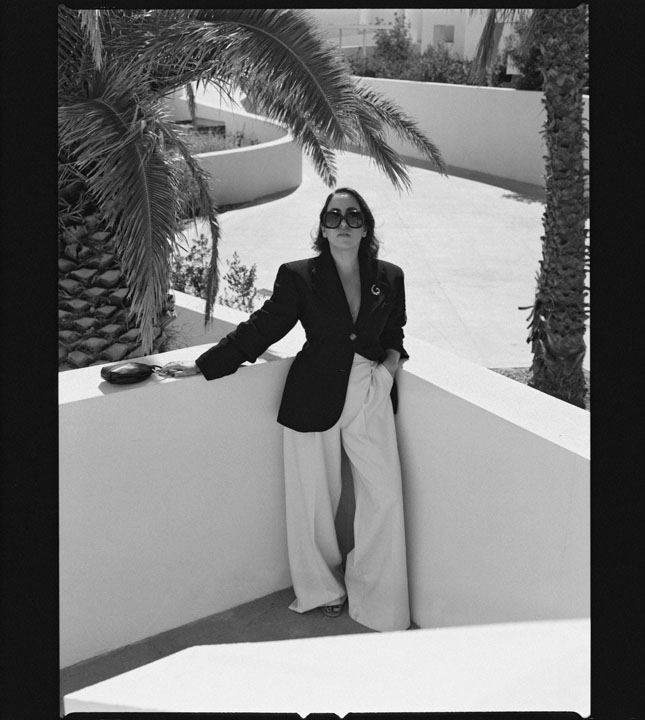
»I always know very quickly what appeals to me and what does not.«

Right after your Master of Arts, you founded The Dashing Rider, a digital magazine of visual stories based on your curation. How did this decision come about?
TDR is very much an expression of my passions and I really wanted to create something that didn’t exist before. Well-researched niche topics combined with my own interest in things-like art, design, and architecture. I only show what I like. Therefore there are no press photos on TDR either.
I work almost exclusively with self-photographed analogue images, which are usually black and white. It’s a decelerated platform with timeless content. As a conscious contrast to digital trends, which often seem outdated after a short time. The typical digital aesthetic is often very loud and hectic, which also applies to the usual social media channels. I really like to create some calmness and deceleration by content that will still be relevant in 30 years.
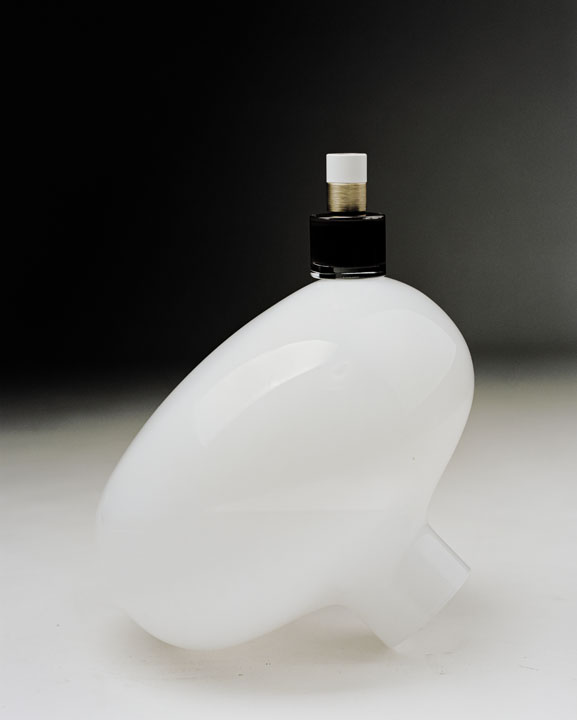
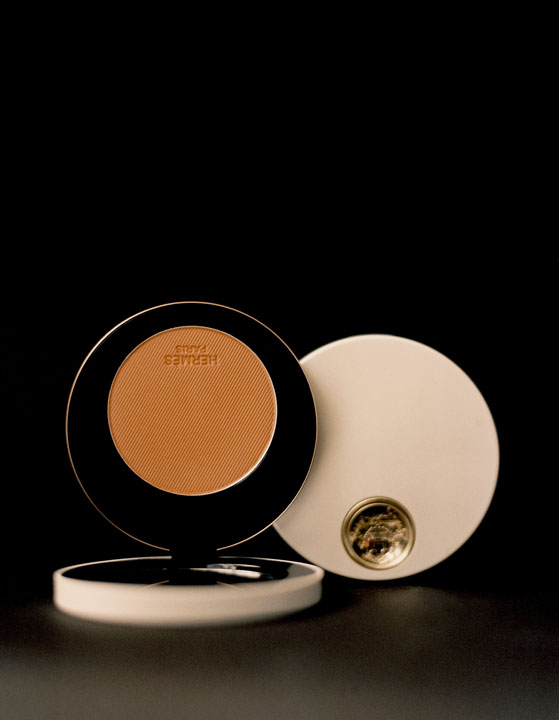
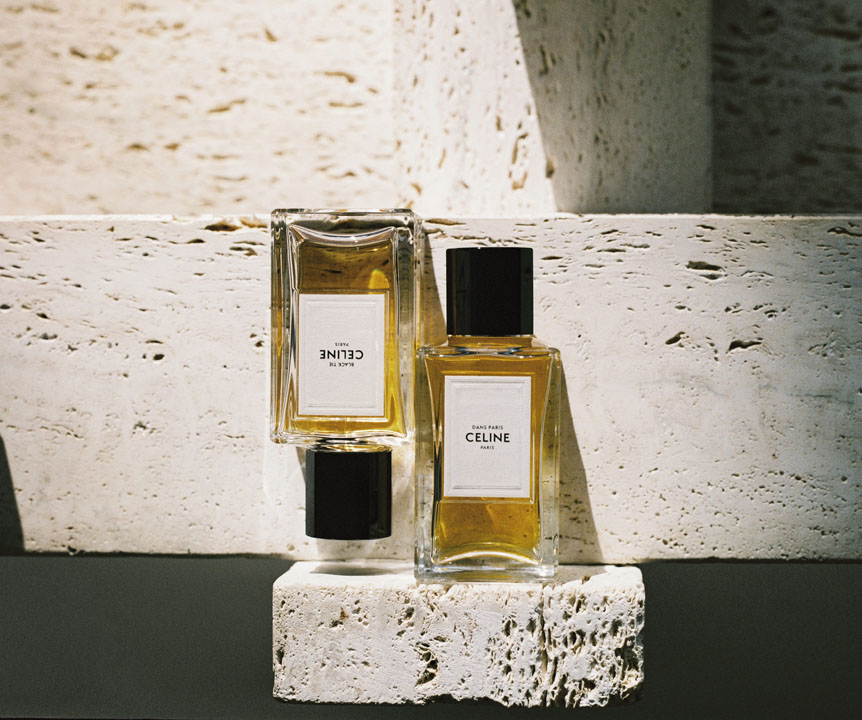

What was the story that started it all at TDR?
TDR has always been a process. When I started, the quality was nowhere near what it is today. However, one of my favourite publications from back then is still an article about modern architecture in Miami.
Which form of art or creativity touches your heart particularly intensively time and again?
Post-war architecture. I would even say that architecture often touches me more than visual art. Standing in a building by Le Corbusier, Frank Lloyd Wright or even in a Los Angeles office building of the 70s is a unique and precious experience for me.
It is even nicer when the interior still exists in its original state. Last year, I visited Oscar Niemeyer’s casino and hotel in Madeira, which was being renovated at the time, unfortunately. Luckily, I was able to get a glimpse of the original carpets and furniture in some parts of the building.
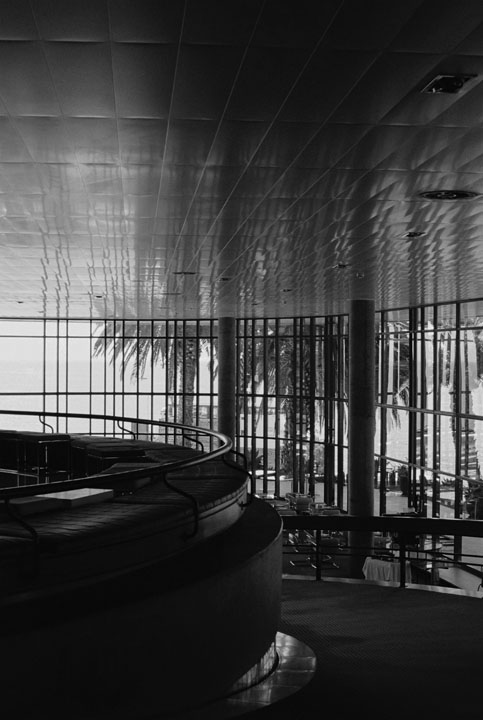
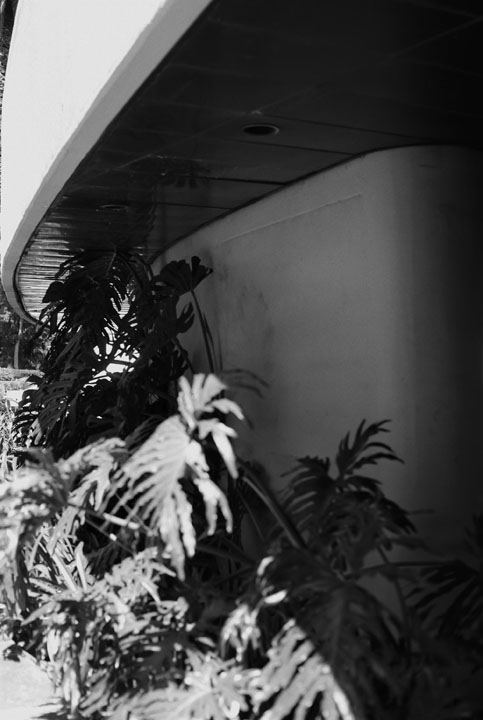
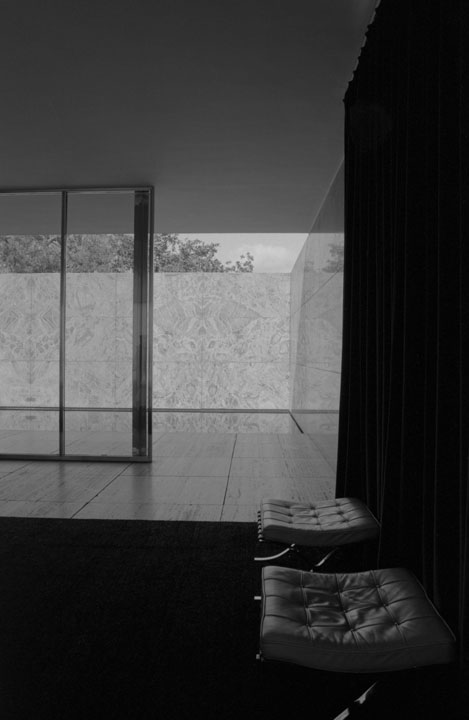
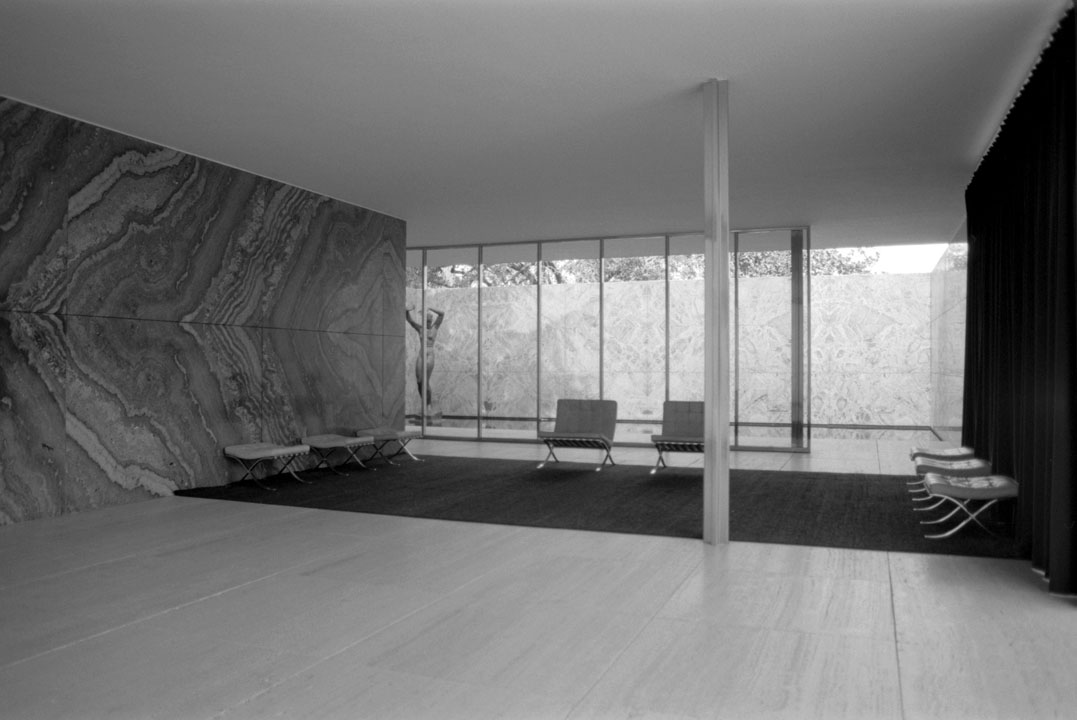
How do you approach art, architecture, and design in general?
I always know very quickly what appeals to me and what does not. Both visually and in terms of content. My intuition is key. I can grasp, scan and classify things for myself very quickly. However, I don’t have to know or like everything or even deal with it.
My life is too short, and I prefer to focus. On the one hand, there is this very aesthetic, personal perspective. On the other hand, my approach can be purely distanced one, based on the context only. I don’t have to like it, but I have to be triggered in some way. Be it through disgust, fear, or curiosity.
What can the luxury industry learn from art? Are there any current collaborations that you find interesting or even remarkable?
Art and luxury brands have always been linked. Like the collaborations between Elsa Schiaparelli and Salvador Dalí or Piet Mondrian’s art on Yves Saint Laurent clothes. I find this approach very exciting. Two disciplines that are very similar, yet somehow also very different, come together.
I particularly like collaborations that clearly fit the DNA and direction of the brand. For example, truly sustainable brands that only work with like-minded artists whose art is about that very subject. But for example, the current collaboration between Louis Vuitton and Yayoi Kusama does not appeal to me at all.
On the PR side, of course, it’s a complete success. However, I find it difficult to place an artist who has deliberately withdrawn from the public eye for decades and voluntarily lives in a psychiatric institution as, for example, a robot in a shop window.

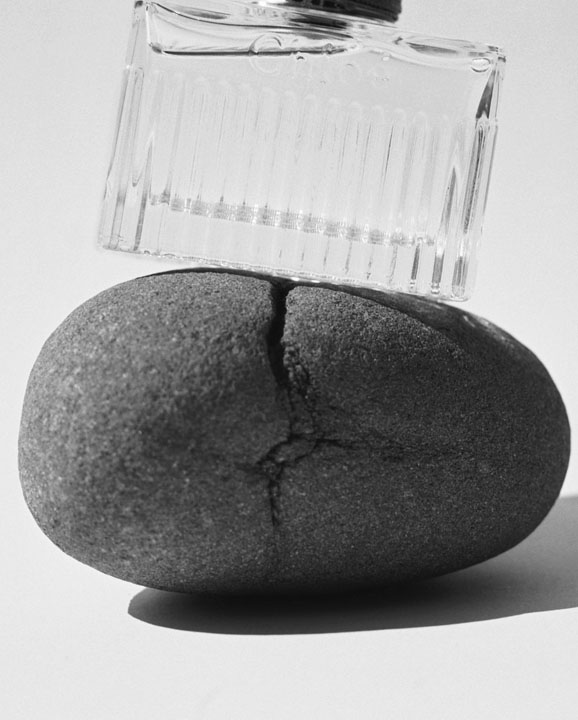
In his 2021 interview with us, art collector Christian Boros criticised the art market and said that art has become a soulless substitute religion for the rich. How do you assess the development in the international art scene?
I believe that everyone can and should consume art, it’s very similar to music. But there has always been something very elitist about the art scene. I have met various art collectors who have no clue about the art they buy or own. And if you ask them something about the works, they just refer to the input they’ve been told by the respective gallery. In this case, unfortunately, art is just a mere furnishing object or investment.
You do work as a creative director, photographer, and brand ambassador. Can you tell us about some projects you are currently involved in?
I have long-standing partners who operate at the intersection of art and luxury. and I am looking forward to collaborating in this context again this year. In addition, I do work for some brands as a Creative Director and Strategic Social Media Consultant.
I am also organising events to link my Munich-based art crowd with luxury brands again this year. It’s always nice to connect these two tribes and bring people together beyond the digital world.
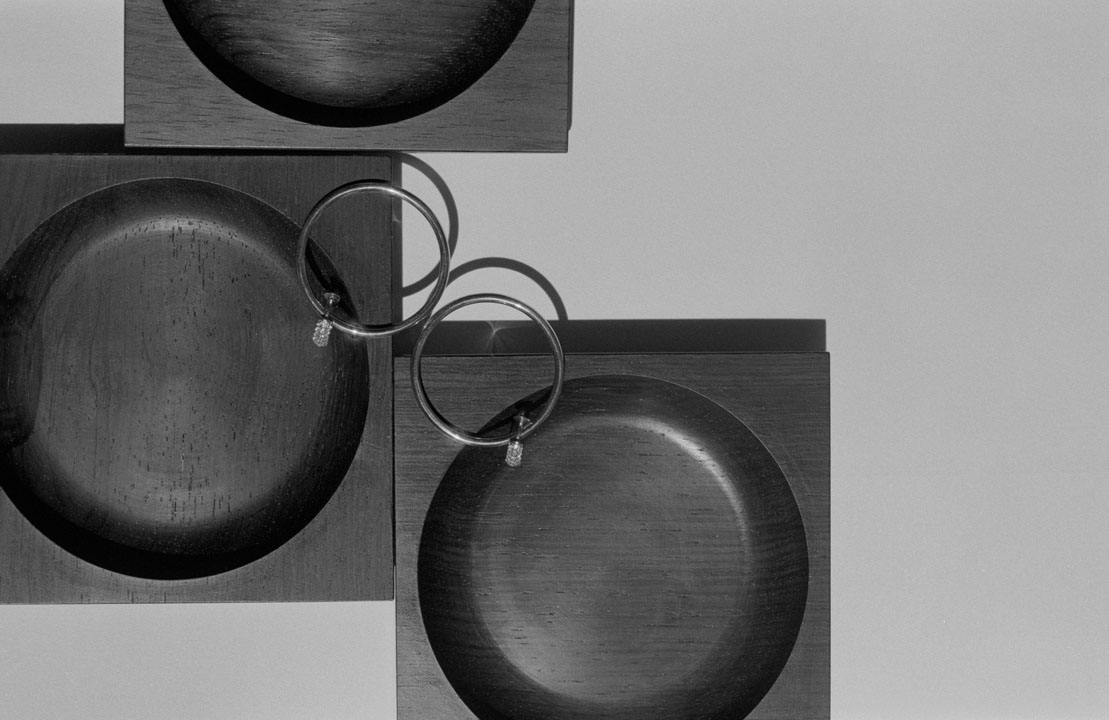

What does the future of TDR look like?
I never planned that far in advance, because everything has developed into what it is today. TDR can remain a special interest. The next logical step would certainly be to publish a print product.
Thank you, Fiona!


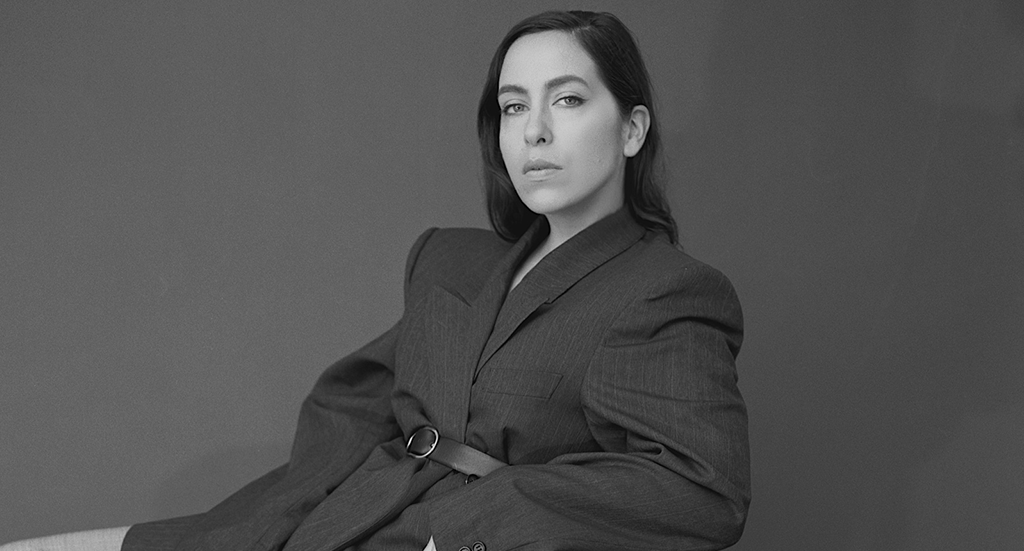
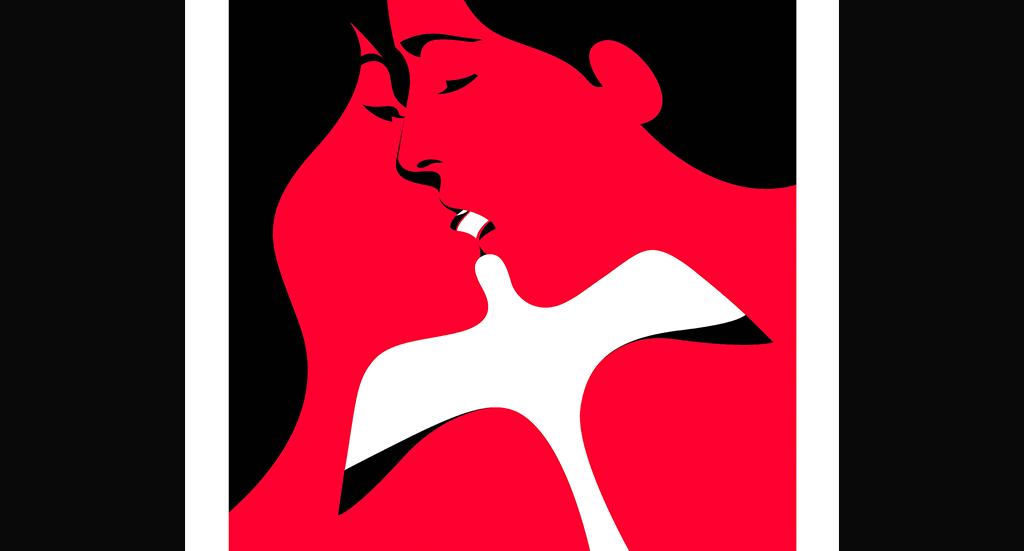
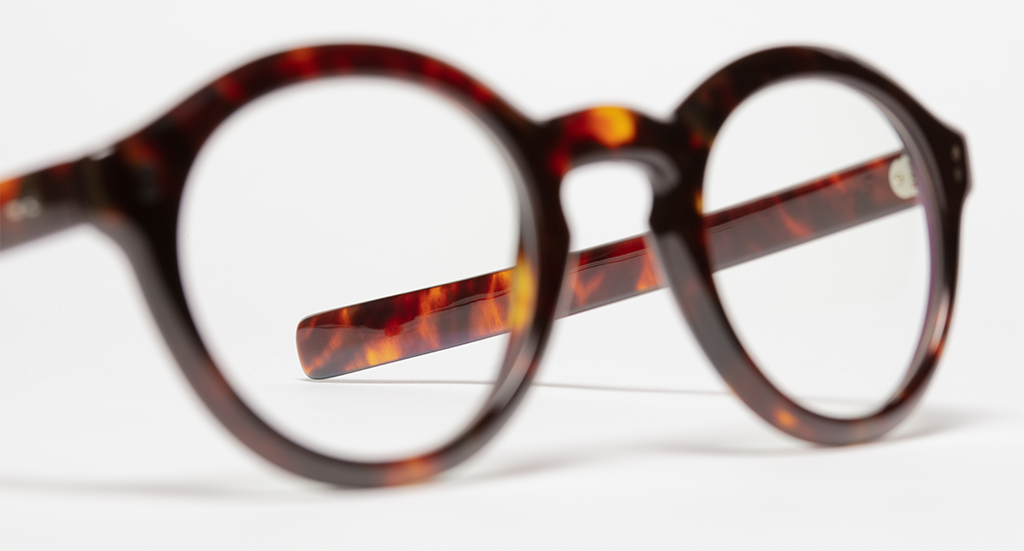

Join our Community